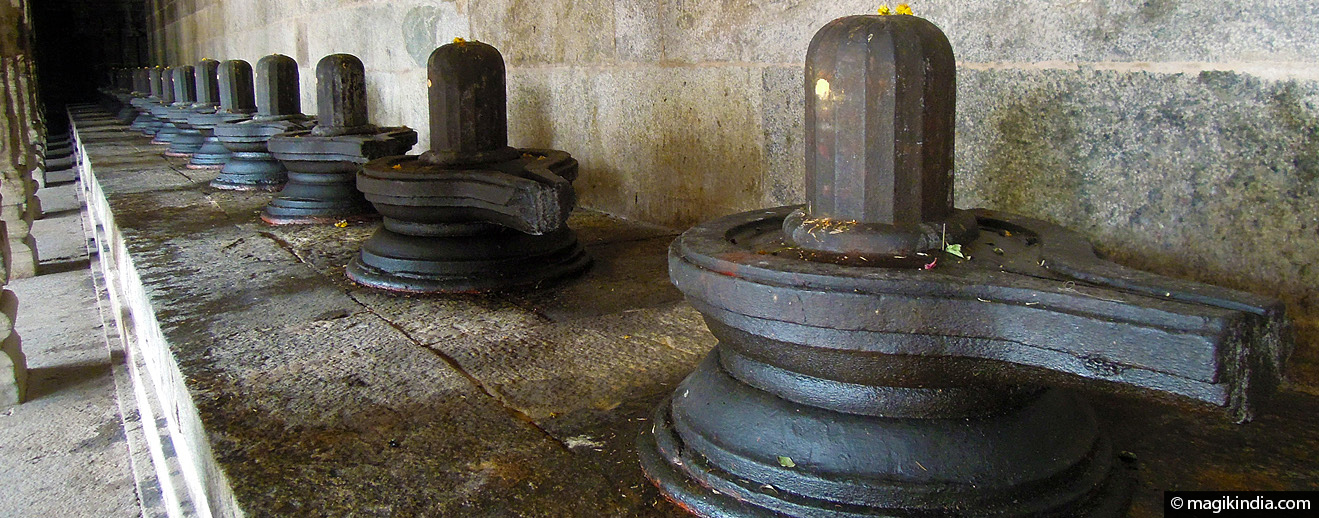
Pancha Bhoota Sthalas, the five elements temples
The “Pancha Bhoota Sthalas” refers to the five temples dedicated to the Hindu god Shiva, each of these temples representing the five prime elements of nature; water, air, ether, fire and earth. “Pancha” means five, “Bhoota”, elements and “Sthalas”, place.
These temples are all located in the South of India, four in Tamil Nadu and Andhra Pradesh:
- EARTH (Prithvi): Ekambareswarar Temple (Kanchipuram, Tamil Nadu)
- WATER (Jalam): Jambukeswara Temple (Tiruchirapalli, Tamil Nadu)
- FIRE (Agni): Annamalaiyar Temple (Tiruvannamalai,Tamil Nadu)
- AIR /WIND (Vayu): Sri Kalahasti Temple (SriKalahasti, Andhra Pradesh)
- ETHER / SKY (Akaasam): Chidambaram Temple (Chidambaram, Tamil Nadu)
1. EARTH – Ekambareswarar Temple, Kanchipuram
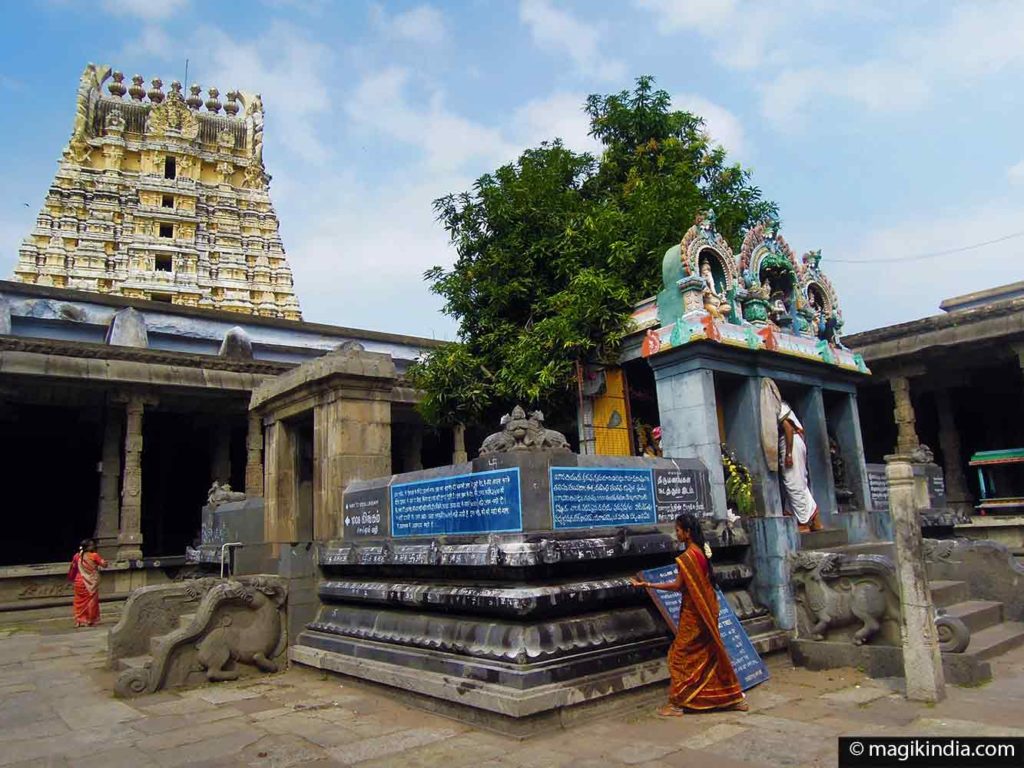
Ekambareswara, a superb temple on the north side of town, is is the largest temple in Kanchipuram.
Its gopuram (entrance tower) stands nearly 60m tall, which makes it one of the tallest in India.
The temple’s earliest foundations date from about 600 CE; successive dynasties such as the Pallavas, Pandyas and Cholas, and later the Vijayanagar kings, all remodelled or added to the building.
The sanctum sanctorum houses a Prithvi Lingam representing Earth (prithvi means “earth”).
The hall with 540 pillars and 1008 Shiva Lingams is particularly impressive. Another of the temple’s particularities is a mango tree said to be 3500 years old and to produce four different kinds of mango…

2. WATER – Jambukeswara Temple, Tiruchirapalli
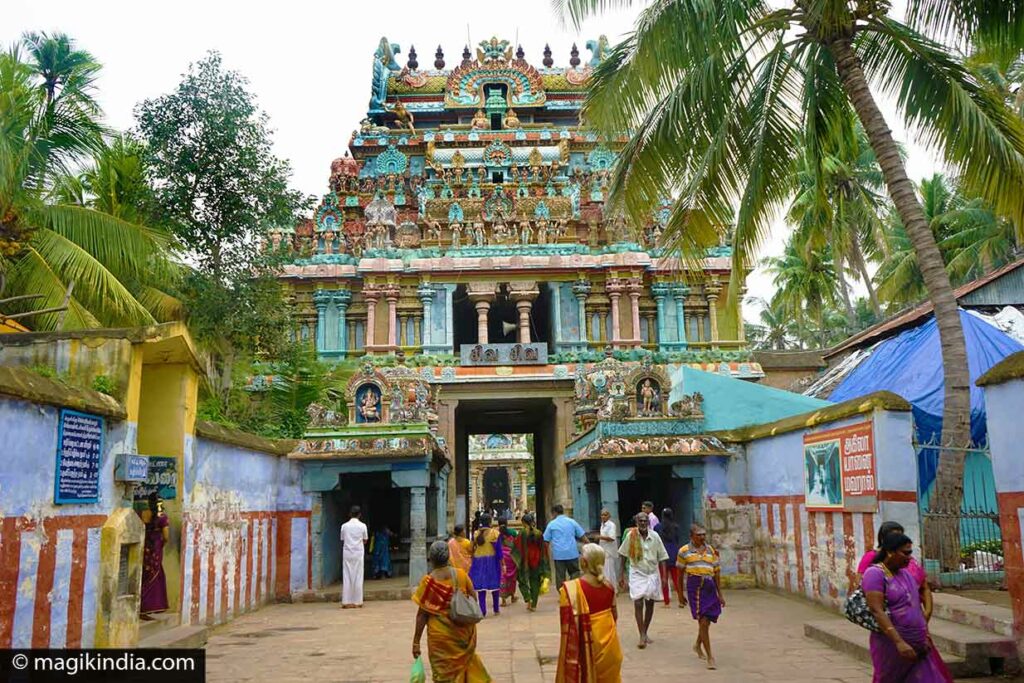
Two kilometres from famous Sri Rangam temple is Jambukeswarar, one of Trichy’s most revered temples. Its Shiva Lingam is an Appu Lingam, representing water.
The sanctum receives a constant flow of water from an underground source. Jambukeswarar temple is also one of the 275 Paadal Petra Sthalams, temples glorified in the songs of praise of the four greatest Shaivite saints or Nayanars…

3. FIRE – Annamalaiyar Temple, Tiruvannamalai
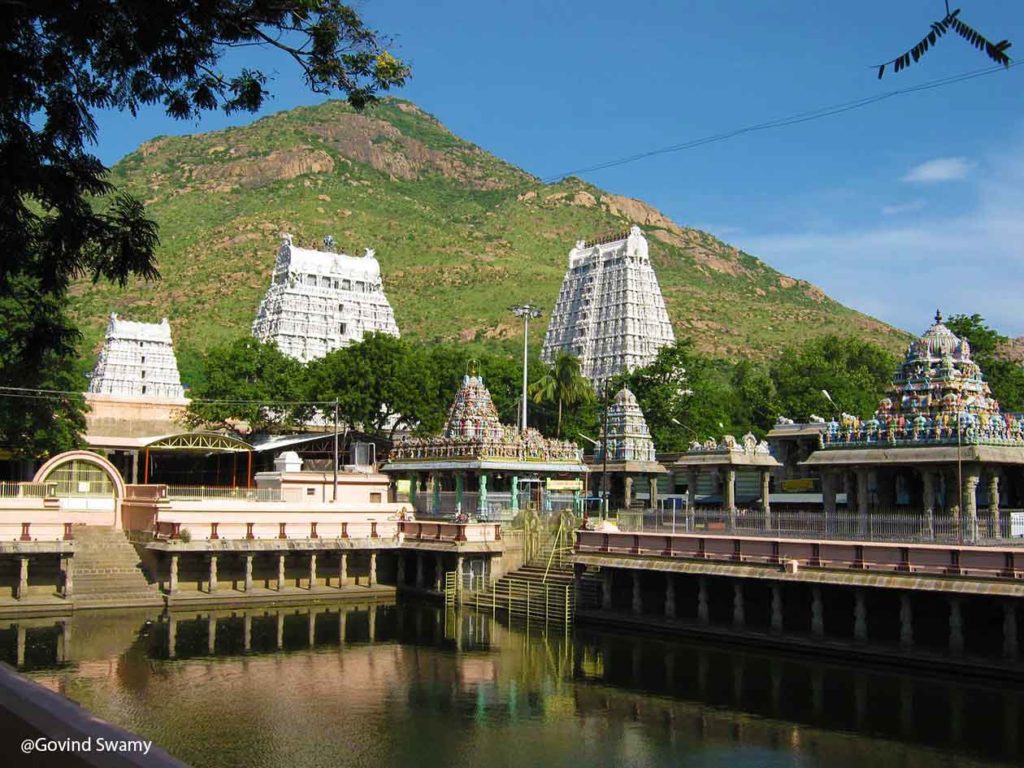
Arunachaleswarar (or Annamalaiyar) temple is located at the foot of Arunachala Hill.
As Shiva is believed to have appeared in this place as a column of light, he is represented here by a fire lingam or Agni Lingam.
Annamalaiyar symbolises duty, virtue, self-sacrifice and liberation by means of ascetic renunciation.
The temple is one of the largest in India, covering six hectares. The initial structure dates from the 9th-century Chola dynasty. Later extensions are attributed to the Vijayanagar Sangama dynasty of the 14th and 15th centuries and the Saluva and Tuluva dynasties of the 15th and 16th centuries.

4. AIR/WIND – Srikalahasti Temple, Andhra Pradesh
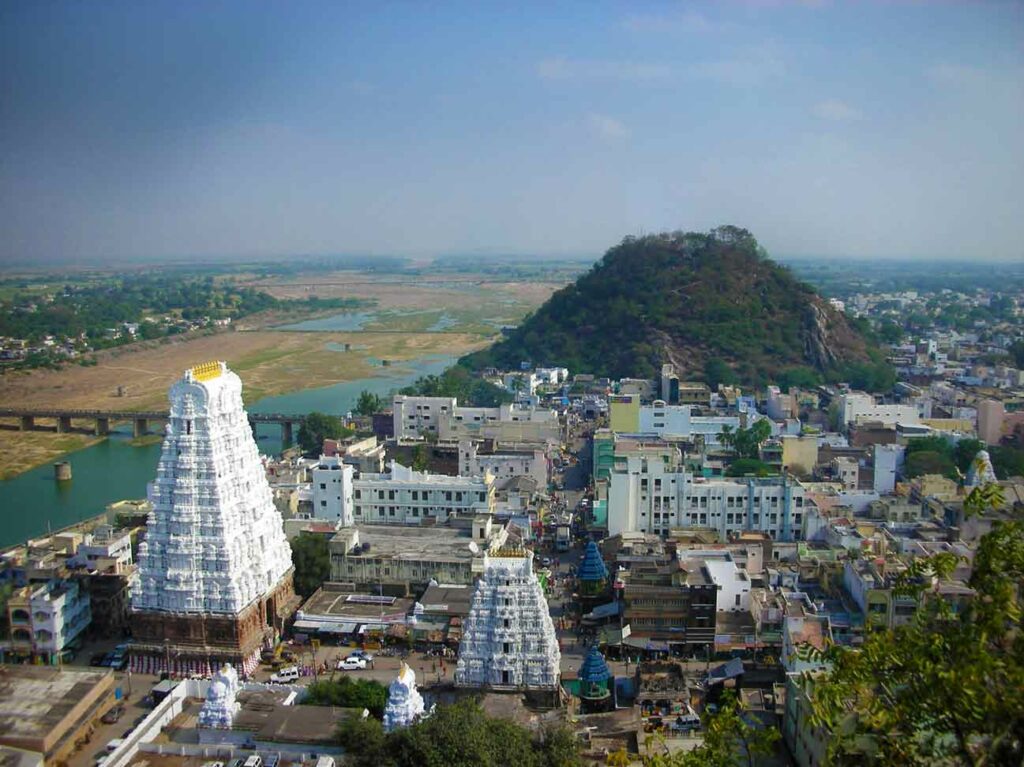
Kalahasti is located 36 km away from the famous temple of Tirupati. The interior of the temple was built around the 5th century and the outside during the 12th century by the Chola and Vijayanagar kings.
Lord Shiva is worshiped here as Kalahasteeswara symbolizing the salvation and the death of the ego. Shiva is embodied by a white Vayu Lingam that is said to be self-manifested (Swayambhu). This lingam can not be touched by the devotees, not even by the Brahmins (priests).
It is said that a lamp in the sanctuary keeps flickering even when no air flow is observed.
5. ETHER/SKY – Chidambaram Temple

The temple complex covers 20 hectares in the heart of the city. This is an ancient and historic temple dedicated to Shiva Nataraja (dancing Shiva) but also to Lord Govindaraja Perumal (Vishnu). This is one of the few temples where both Shaivite and Vaishnavite deities coexist.

The word “Chidambaram” derives from “chit”, which means “conscience”, and “Ambaram”, “heaven” (or aakasam aakayam); This refers to the chidaakasam, the sky of consciousness, which is the ultimate goal to be achieved according to the Vedas (old scriptures). According to a second interpretation “Ambalam” would mean “stage show.” A third theory states that Chidambram derives from “chitrambalam” meaning “dances of God.”
The unique feature of this temple is the idol of Nataraja. It represents Lord Shiva as Lord of the Bharata Natyam dance (Indian classical dance). This is one of the few temples where Shiva is represented by a murthi (anthropomorphic image). The cosmic dance of Shiva Nataraja symbolizes the movement of the universe sustained by Lord Shiva.



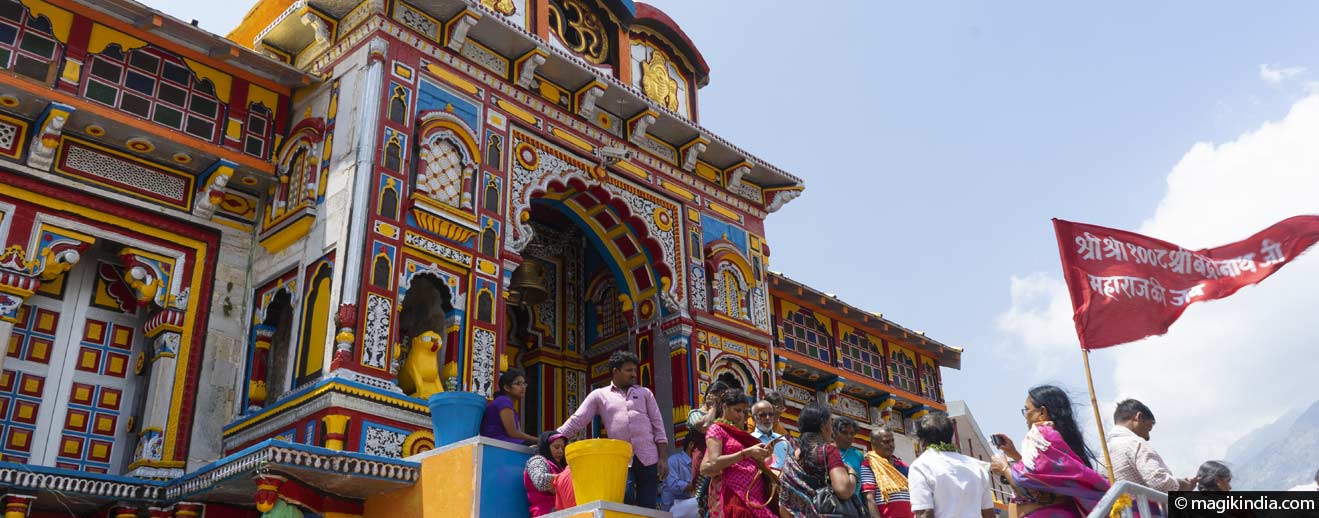
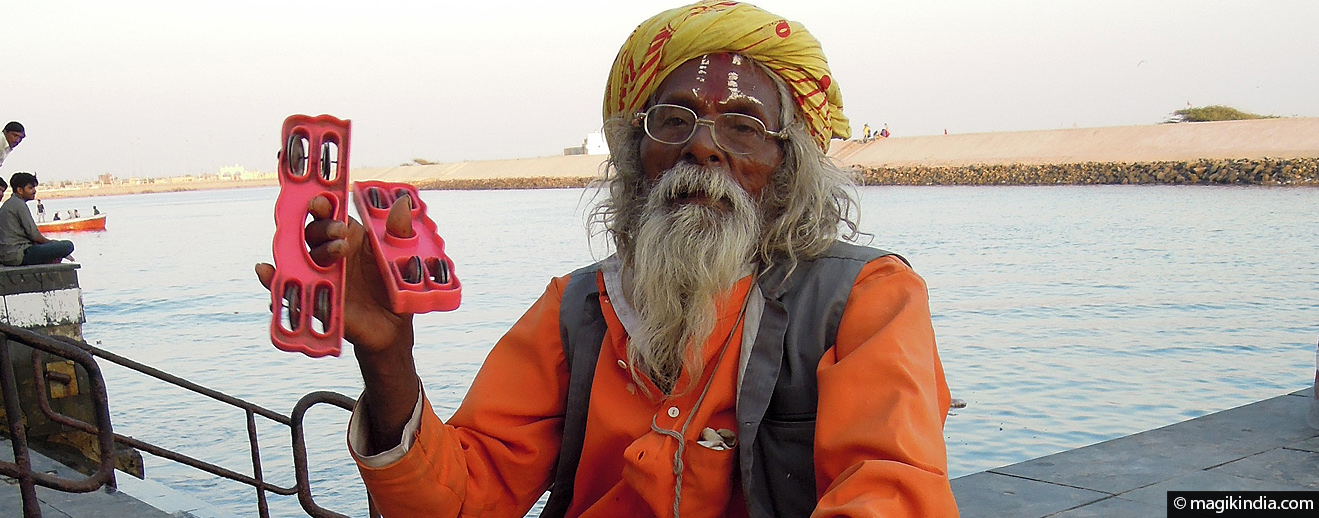
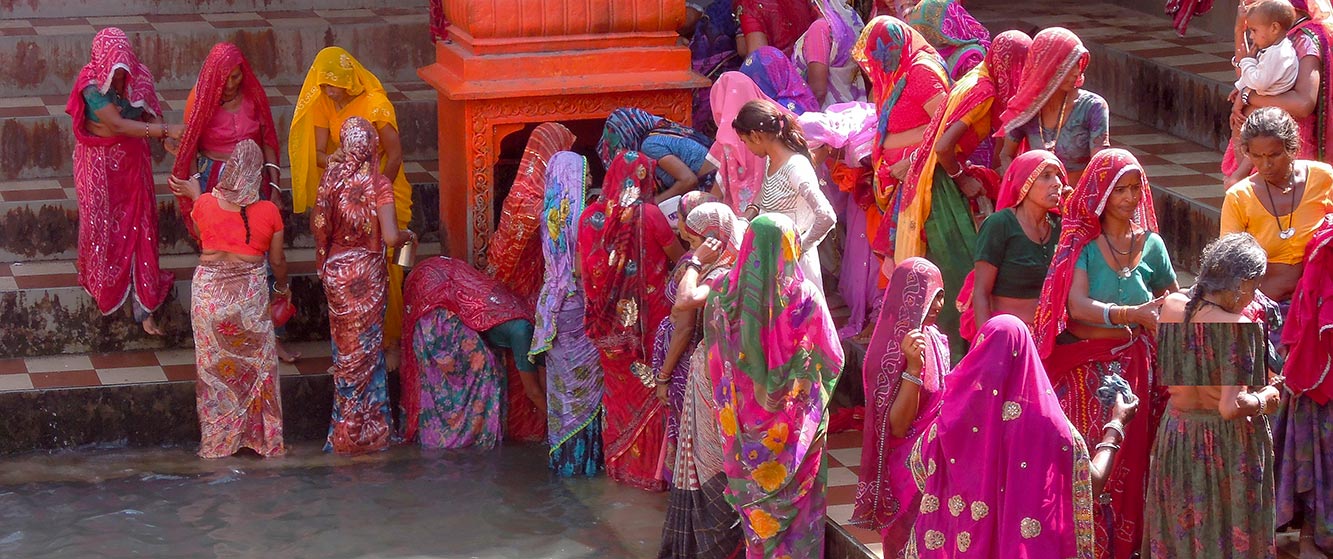
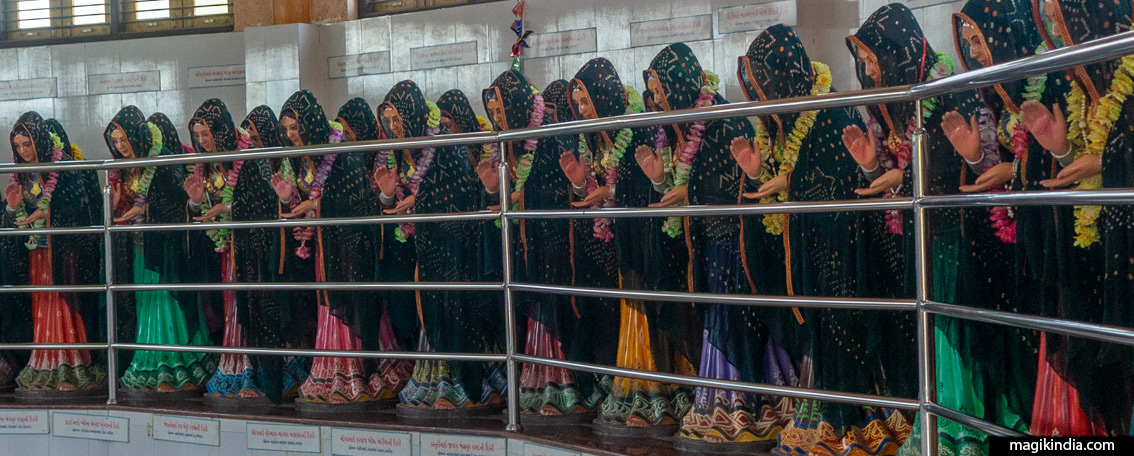

very good info with beautiful pics.
Thanks Ashish, Namaskaram